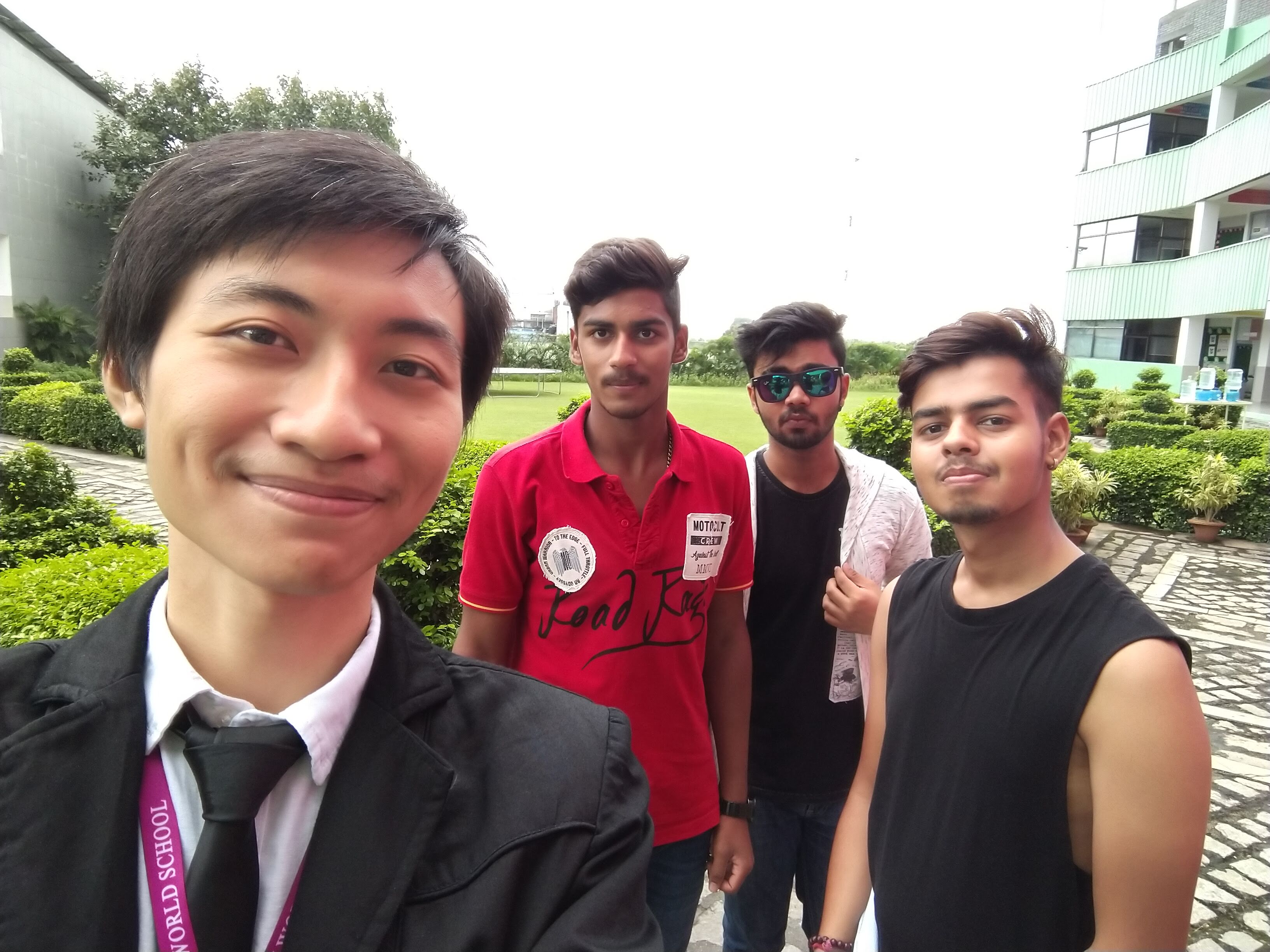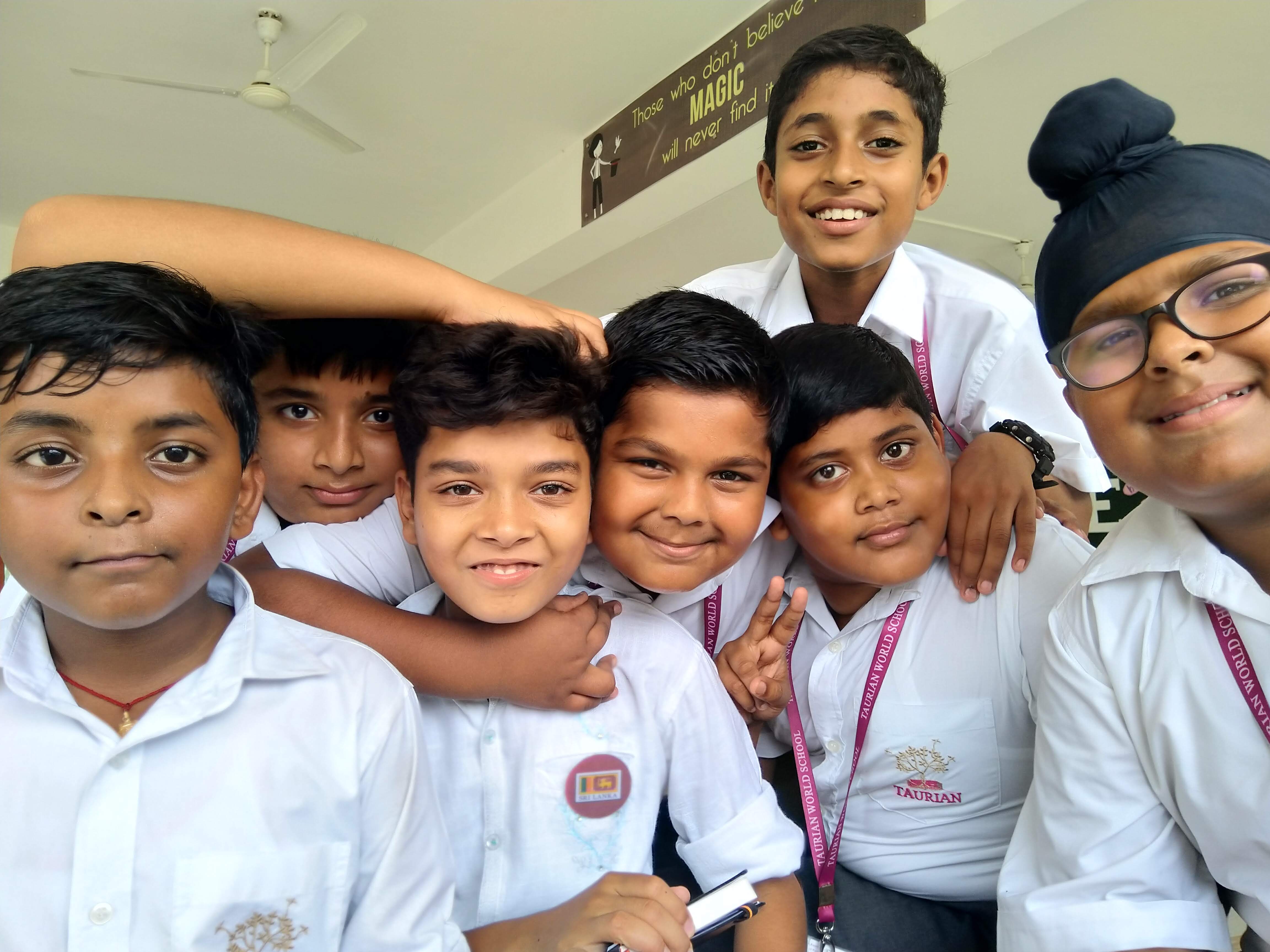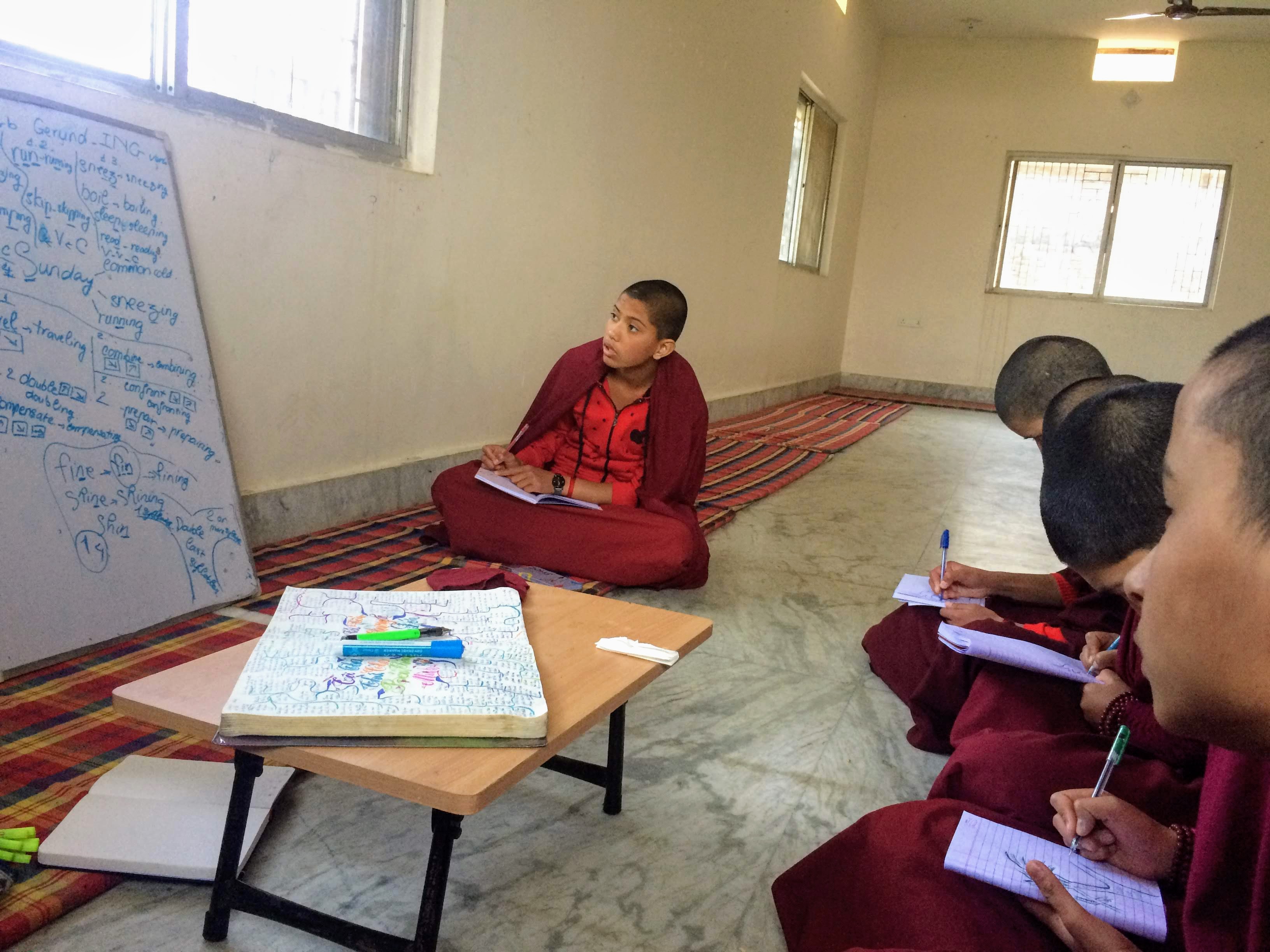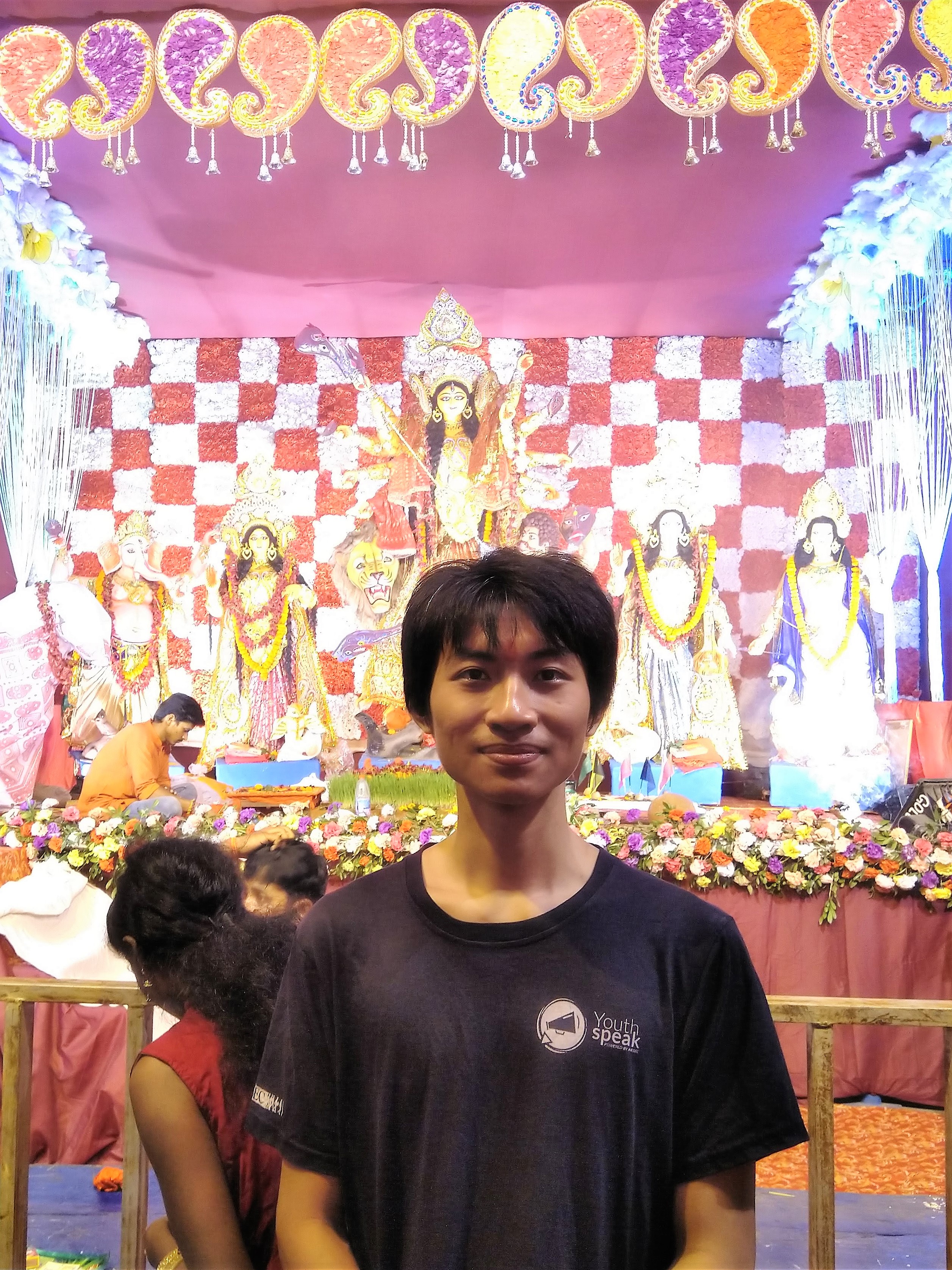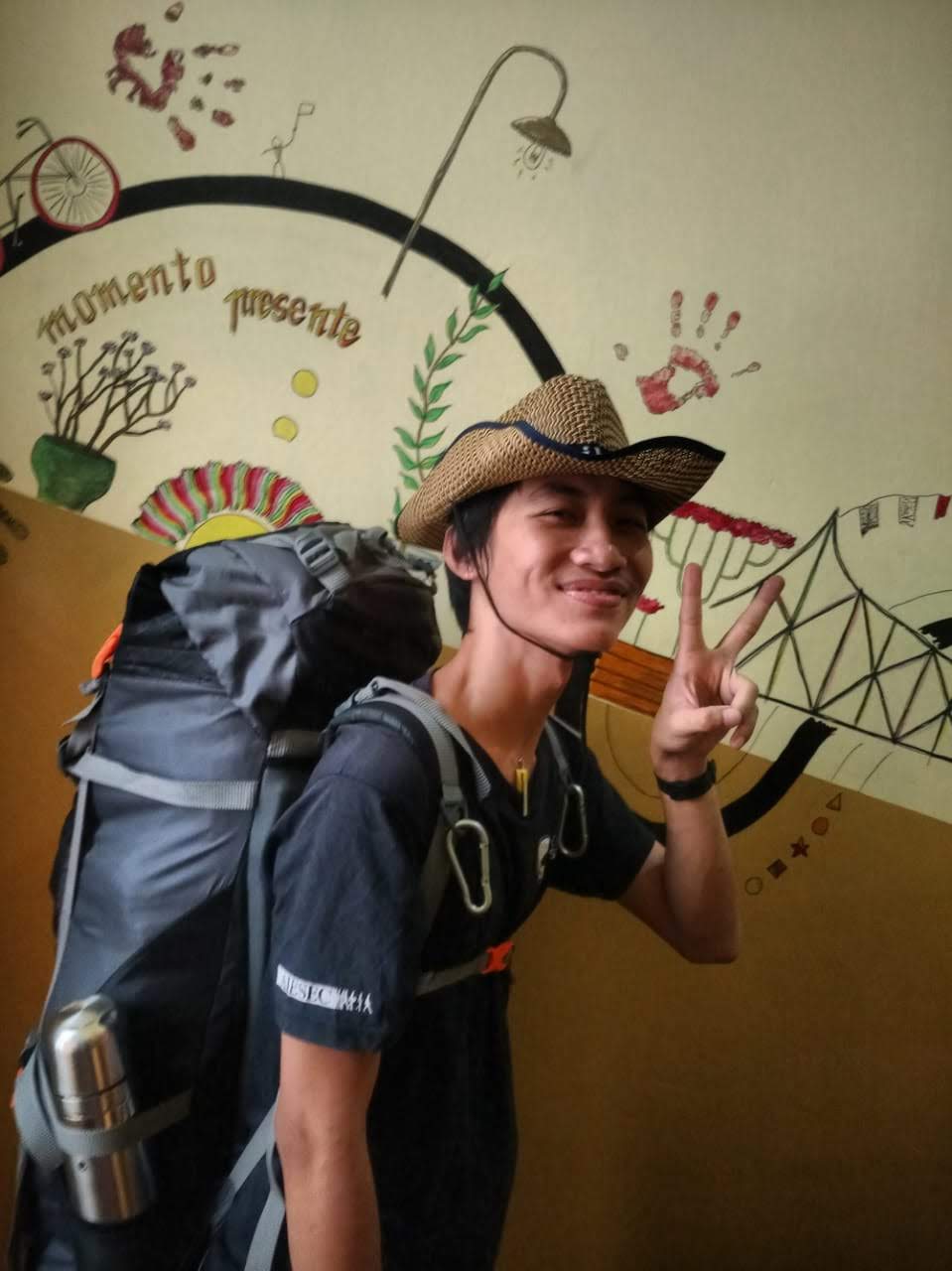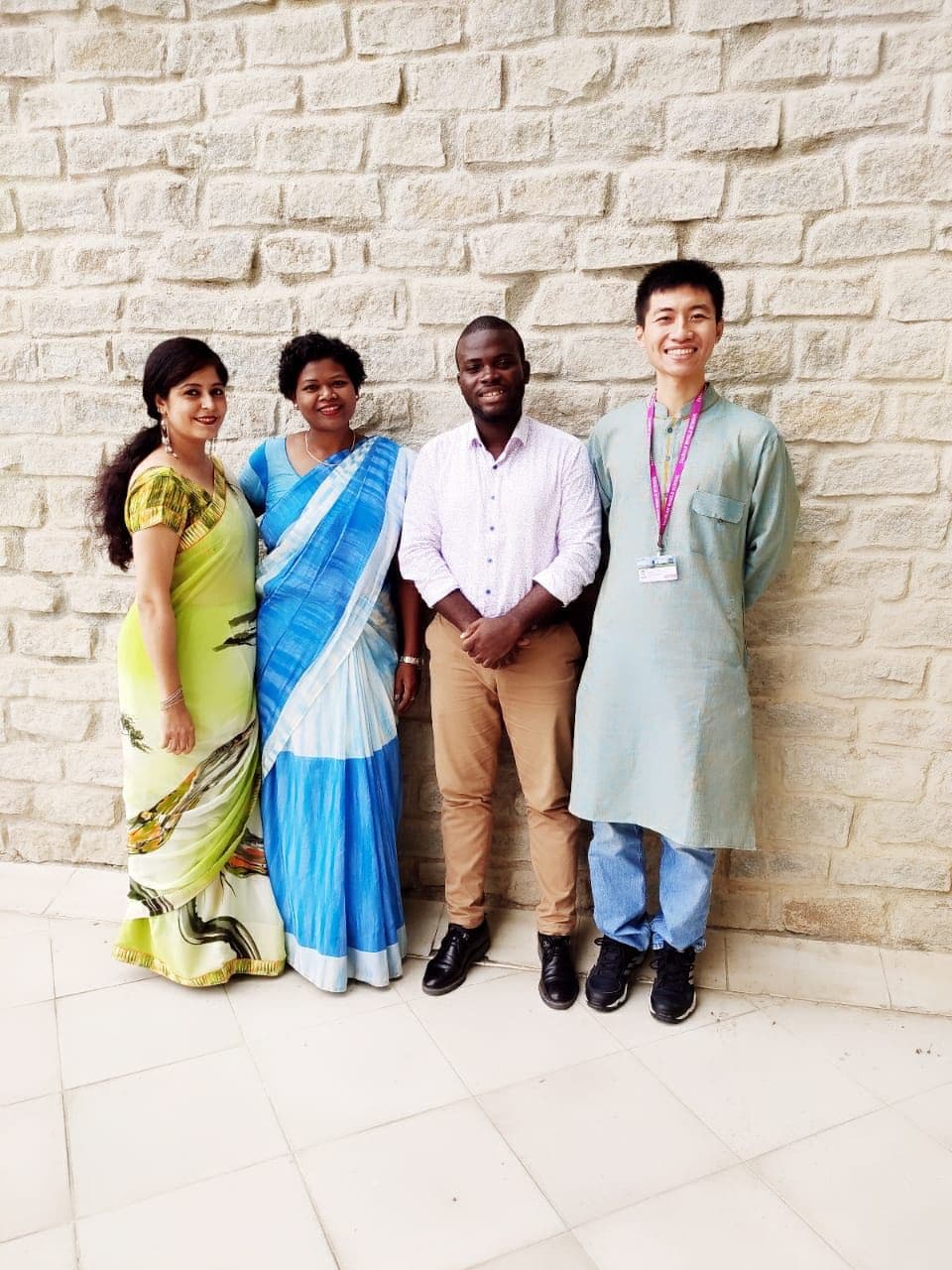Teach to Believe in India
After having a squabble with the manager at Taurian World School in Ranchi, Jharkhand, I decided it was time to leave the school. In brief, I had no idea why I was staying there and what I was fighting for. Am I here for my learners' sake? Was I scared to walk away from my current job? Indeed, it's time to leave, I told myself.
However, when I decided to leave, an unprecedented idea arose: why would I not take advantage
of my remaining Visa here instead of coming back home as a loser? I got at least four months left
to stay here in India; why do I need to return to Vietnam so early, in any case? Two nights before
the departure, I installed the Couchsurfing app on my phone, created a simple profile, and then
dropped a message to all potential hosts in Ranchi, Jharkhand. Eventually, I got accepted by one
host; what a fortune! And that was the first opportunity leading me to my hitchhiking journey across
Northern India, from Kolkata to Dharamshala, Himachal Pradesh. Until now, I still could not believe
I could make it to Dharamshala just by asking local people for a lift, but I guess life has found its way.
While hitchhiking from the East to the Northwest of India, I was also applying for volunteering
by researching on Lonely Planet; using my skills acquired when working for AIESEC Vietnam; I got
my application sent to all the most well-known NGOs in India in two days. Later, a couple of
accepting emails were received in my inbox. First, I wanted to volunteer in the mountainous area
of Northwestern India as I watched all the movies about this location; one of those is the famous
“The Three Idiots” by Amir Khan. For your information, the school in the last scene of this movie
was based on an innovative school model named Druk Padma Karpo School in Shey, Ladakh. However, the
school would not accept volunteers in the Winter season due to the extreme weather this area experiences
at the end of the year, and I was applying to work for them as expected from December 2019. As an
education enthusiast, I was much disappointed by an unwanted condition given by an objective reason
like this.
And there came an invitation letter from Karma Lekshe Tsomo from Jamyang Foundation, and the hospitality
of her words very much hooked me. At the end of my hitchhiking journey at a host house in Himachal Pradesh,
my left foot was severely infected by a growing wound that had not been taken care of diligently back in
my days in Rishikesh. My mental state was a bit down then since I constantly pushed myself off the limit
for the last two months of hitchhiking by living a downtrodden life as a nomad. Finally, I decided to book
a train ticket from Chandigarh back to Gaya, then came to Sanghamitra Institute in Bodh Gaya as I also got
a Couchsurfing host. I called my second family in India, living in Gaya, and I could stay at his home for a
couple of days before moving to the monastery.
The father’s host took me to the municipal hospital nearly to get me operated on, and I can still
recall how painful it was during the procedure. A week later, I was accompanied by Rohit, the Couchsurfing
host, to the monastery. In short, I came to Jamyang Foundation as almost a patient, not a volunteer.
However, I was welcomed by all the nuns there since I could not move around much in a few days.
All the nuns took turns bringing me the meal and ensured I had satisfied all the primary living
conditions. I was extraordinarily moved and thankful for their support.
For my work, I still tried my best to commit to the teaching schedule arranged among all the volunteers,
as I also could feel the pride I took when I was doing my work well. So far, I have been much re-energized
by doing what I love, and there is no reason I want to prohibit myself from doing it if I can perform best
at work. Not understanding Hindi as the medium language is also a disadvantage while teaching the little nuns,
as English isn’t their mother tongue. They led me to a scenario where I often changed my teaching approaches
and materials to adapt the most to each comprehensive level of every group of nuns.
Regarding the youngest group, I got the two youngest nuns who had just arrived at
the monastery a couple of days earlier. Their background is quite common for Indian children
living in a small county whose locals don’t use English to communicate as in New Delhi or Mumbai.
As we could not use a medium language to share with others, my strategy was to keep them entertained
and engaged in my work in English. It could be just a random day drawing chalk on the ground,
instructing them to play some simple games, or having a time watching butterflies inside the monastery.
I hope that by constantly repeating some hand-picked simple single-syllable words, they can pick them up
and store them in their long-term memory and start scaffolding once their vocabulary bank helps them to
understand a complete introductory sentence of daily talk. My most prominent teaching philosophy for this group,
or any group of learners, is that I don’t want to make them fear learning or using English.
For the second-youngest group, since they were all in their Elementary School age which tends to develop
more at their cognition ability, they can be quick learners and constantly need something more appealing
to stay focused. I played the song featured in a few classic American movies, including Singing in the Rain
and The Sound of Music. Having them imagine comprehending the words and phrases in the exact contexts was
essential since they could not acquire a word in their vocabulary bank if they could not have a sense of
it. By watching the movie character interact while singing and talking throughout the video, I introduced
the new elementary vocabulary by repeating that section. Then I asked them to stay focused by giving them
class signals such as a Quiet board.
Subsequently, after they knew what the notion of those words was, I moved to the Pronunciation and
Visualization part, when I played the recorded voice in the dictionary and asked them to repeat and
fix the errors if needed. For Pronunciation mastery, at this age, the kids usually start to pick up the
exact remembered words and mimic them when they face the same context, so I tried to get them to sing
along or play with the words. As for the Visualization phase, I translate all learning words and lyrics into
simple drawings to increase the aesthetic level to challenge their work more diligently on their paper.
As regards the oldest group of nuns I got to teach, since they were in their teenage age, keeping my
lectures interesting was a must for me as a teacher! As the learning pace is much faster than the rest
of the other nuns, this group could be tricky for me sometimes if I could not well-prepared. However, I
know that I can utilize that learning attitude to minimize the mistake they tended to make while learning
English since they were in the progress of ego awareness and boosting. The first rule was no more repeating
mistakes; they got intangible rewards if they could improve in class. At this age, all students want the one
interacting with them to listen to their thoughts and instead stay at a superior level as a teacher.
They want us to befriend them and take part in their work along. The activities for this group can be a more
advanced and wide range of applications, from Jegal wooden stick with numbers to learning the essential figures
or composing a comic strip to grant them complete control and develop their scattering ideas of using essential
words into constructing a full-length introductory sentence properly. At this age, they can quickly put all
the words together into a sentence to respond to external stimulation or express their minds.
Here are some thoughts on my teaching experience at Jamyang Foundation; hopefully, you might find it helpful
at some point. Nowadays, all the nations are struggling with the Covid-19 pandemic, including India.
I just got a text message from Ms. Elle Lohuis, the manager, that all the nuns were safe and kept praying
for all sentient beings. For me, that’s the most important thing to hear from them. In Vietnam, I pray for
them and their loved ones to stay safe to get through this tragedy peacefully.
Vietnam, August 14th, 2021.
Previous Post
Working as a Nurse at Free Hospital in Thabarwa
I have a friend from the past who volunteered in Nepal. He met many international friends there and was introduced to a community called ThaBarWa in Myanmar. I came here to work in the hospital, mainly taking care of patients in the morning and helping with the evening meals. Later, I understood more about all the sweat and tears of the operation behind famous free meditation courses, with most Vietnamese enrolling annually.
Next Post
What's so fun about giving lessons at Spring Hill School?
A little experience when teaching at Spring Hill School, 40km west of Hanoi, a new model of education, I had high hopes and disappointments. Still, everything passed, but the teacher-student relationship stayed, and I cherish my time at school; that's the most important thing. Hopefully, there will be a small hill to lead children up to explore plants for their childhood.
